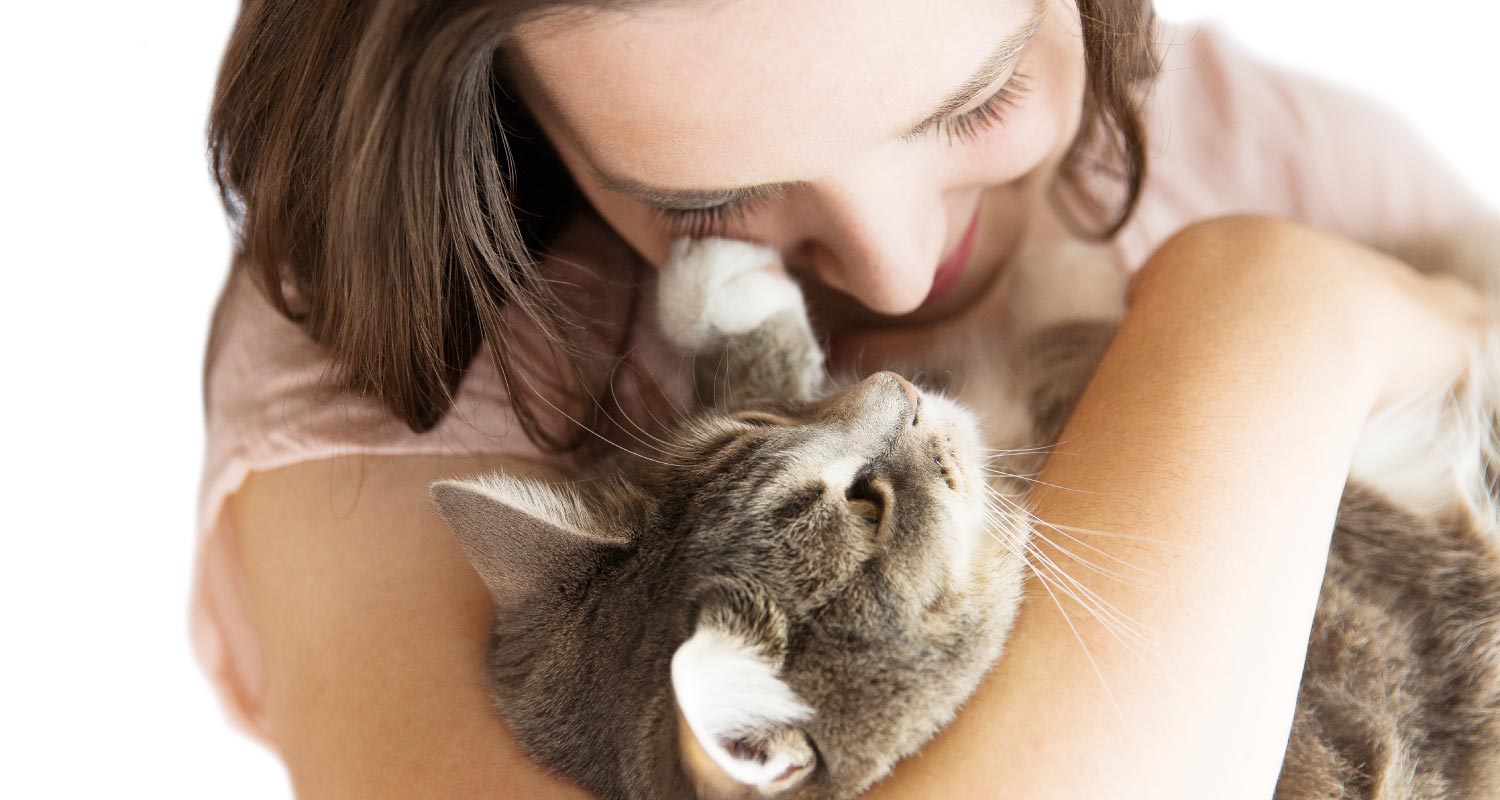HEALTH & WELLNESS

VOTING BOOTH

TRENDING

LIONS FOUNDATION OF CANADA DOG GUIDES
Lions Foundation of Canada Dog Guides and its founding program, Canine Vision Canada, was established in 1983. It’s the largest school of its kind in Canada with its training school in Oakville and breeding facility in Breslau.
A Guide to Chronic Kidney Disease in Cats

DIFFERENCES BETWEEN CHRONIC KIDNEY DISEASE (CKD) AND ACUTE KIDNEY INJURY (AKI)
Chronic kidney disease (CKD) is one of the two main kidney diseases that can affect cats. CKD is usually caused by long-term diseases that slowly damage the kidneys and reduce their function over time.
It is one of the most common kidney conditions affecting older cats, and is mostly progressive with worsening of the signs and symptoms. Although it is irreversible and incurable, appropriate treatment and management can benefit the quality and length of a cat’s life.
Acute kidney injury (AKI) is a sudden episode of kidney failure or kidney damage that happens within a few hours or a few days. AKI causes a build-up of waste products in blood and makes it hard for the kidneys to keep the right balance of fluid in the body. AKI may be reversible with immediate and aggressive treatment.
This article will specifically look at CKD since it is one of the most common diseases affecting middle- and older aged cats.
When Your Cat has been Diagnosed with CKD
Although ‘chronic kidney disease’ sounds daunting, there are often many reasons to stay positive. One reason is that the disease is ongoing so managing CKD can improve quality of life and lifespan.
Lost Kidney Function
When discussing the condition, percentage of kidney loss is frequently used to refer to the stage of chronic kidney disease (CKD) and the related clinical signs and symptoms. The high percentages used may come as a shock, but once you understand what it means it is easier to deal with the news and move forward by managing the condition.
Chronic kidney disease (CKD) is often called a ‘silent killer’ since onset and development usually occur without the cat owner’s knowledge. In fact, most people only realize something is wrong at the later stages of the disease. Early diagnosis is rare, but treatment and management of the disease can lead to a longer and happier life for your cat.
Detecting Signs of CKD
The International Renal Interest Society uses a staging system for CKD to categorize test results into one of four stages. This helps determine how advanced it is and what needs to be done to manage it at the time.
- The first factor that needs to be considered is blood test. The vet will look at creatinine levels which are very close in stage I and II as well as the SDMA reading* for answers.
- The second factor is determining proteinuria (protein in the urine). A urinalysis is required here.
- The third factor that guides categorization is blood pressure/hypertension.
Some vets may even recommend an ultrasound or other tests.
The first round of results for the above will help guide the monitoring and management of the condition moving forward. Still, every cat should be treated based on his or her individual needs.
Annual blood tests may seem strange or unnecessary if a cat never seems sick, but it could make a big difference if your cat is suffering from CKD. Also: Never ignore anything out of the ordinary: something like an infection can aggravate CKD.
*It is believed by some that the SDMA test can pick up CKD once 40% of kidney function has gone.
Stages of CKD
Stage I: Early Insufficiency (+/- up to 67% loss of kidney function)
Stage II: Late Stage Insufficiency (+/- up to 75% loss of kidney function)
Stage III: Early Kidney Failure (+/- up to 85% loss of kidney function)
Stage IV: End Stage (more than 85% loss of kidney function)
Some cats manage quite well up until about 90% of function has been lost, but this is not very common. When it comes to devising a treatment plan, you can’t just look at numbers and stats though. With the help of your vet you need to look at the big picture when monitoring and managing CKD.
Clinical Signs of CKD
The most common signs frequently observed in cats with CKD include:
- Decreased appetite (inappetence)
- Weight loss
- Depression
- Excessive fluid drinking(polydipsia)
- Frequent or excessive urination (polyuria)
Other signs may include:
- Dull, dry coat
- High blood pressure
- Gastrointestinal issues
- Nausea
- Vomiting
- Bad-smelling breath (halitosis)
- Anemia
- Weakness
Causes of CKD
It’s frustrating to hear that in most cases the specific cause of CKD is unclear. CKD can however be caused or made worse by:
- Old age
- Infections
- Getting injured
- Parasite infestation
- Ingesting poisons/toxins
- Developing tumours/cancer
- Kidney blockage or kidney stones
- Suffering from high blood pressure
- Presence of inflammatory diseases
- Genetic problems
Managing and Treating CKD
When it comes to treating and managing CKD, it’s all about attitude and approach. You need to be positive, focused and committed. At the end of the day it’s about making your cat feel better and increasing lifespan so you need to treat the problems and manage the symptoms as they become apparent through monitoring.
Your vet will highlight all the focus areas, such as water intake, diet requirements, supplements and blood pressure. If there are underlying causes these need to be addressed as well.
Effective medications are available that can help cats that suffer from chronic kidney disease (CKD).








